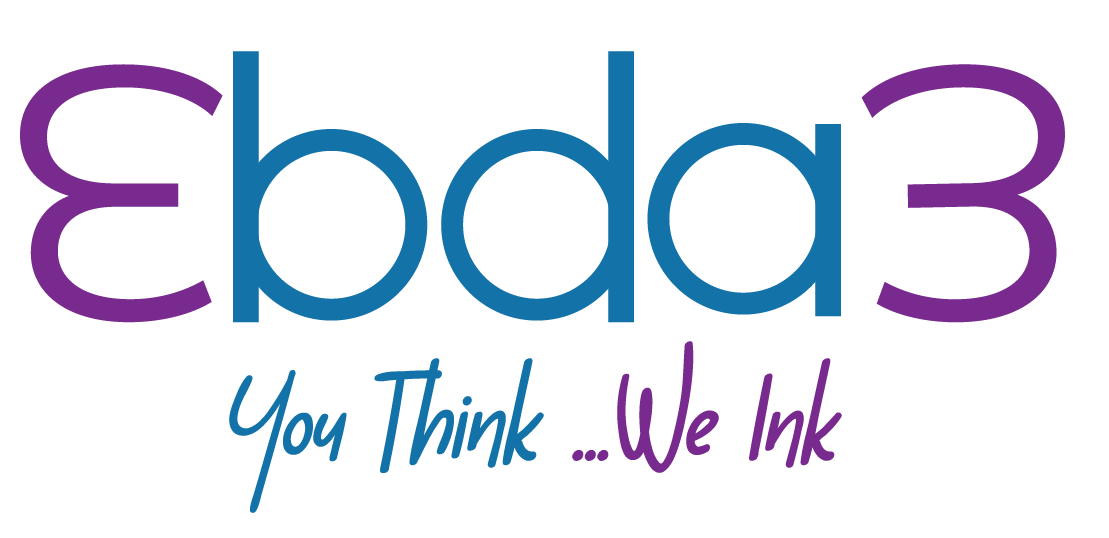The Importance of Storytelling in Marketing

Creating a compelling brand narrative through storytelling is a powerful way to connect with your audience on an emotional level and differentiate your brand in a competitive market. Here’s a comprehensive guide on the art of brand storytelling and its impact on building meaningful connections with your audience:
The Importance of Storytelling in Marketing
In today’s digital age, where consumers are inundated with information, storytelling stands out as a powerful tool for brands to engage, inspire, and influence their audience. Here are key reasons why storytelling is essential in marketing:
1. Human Connection: Stories evoke emotions and create a personal connection with your audience, making your brand more relatable and memorable.
2. Differentiation: Storytelling helps your brand stand out by communicating its unique values, mission, and personality, setting you apart from competitors.
3. Engagement: Compelling narratives capture attention and hold interest, encouraging deeper engagement with your content and brand.
4. Brand Loyalty: Storytelling fosters trust and loyalty by authentically communicating your brand’s identity and fostering a sense of community among your audience.
How to Create Compelling Brand Narratives
1. Know Your Audience
– Audience Understanding: Develop detailed buyer personas to understand your audience’s demographics, interests, challenges, and aspirations.
– Emotional Triggers: Identify emotions and values that resonate with your audience to create impactful stories that resonate with their experiences.
2. Define Your Brand Story
– Origin Story: Share how your brand was founded, its mission, and the journey it has taken. Highlight key milestones and challenges that define your brand’s identity.
– Core Values: Communicate your brand’s core values and beliefs through storytelling to build trust and authenticity.
3. Structure Your Story
– Beginning (Set the Scene): Introduce characters, setting, and context to establish a connection with your audience.
– Middle (Conflict and Resolution): Present challenges or conflicts your audience can relate to, followed by how your brand solves these issues.
– End (Resolution and Impact): Conclude with a resolution that demonstrates the positive impact of your brand on customers’ lives.
4. Use Authenticity and Transparency
– Honesty: Be transparent about your brand’s journey, successes, and failures to build credibility and trust.
– Personalization: Tailor stories to reflect real customer experiences and demonstrate empathy for their needs and aspirations.
5. Visual and Verbal Consistency
– Visual Storytelling: Use visuals such as videos, images, and infographics to enhance your narrative and evoke emotions.
– Brand Voice: Maintain a consistent tone and style across all communication channels to reinforce your brand’s personality and message.
6. Engage and Empower Your Audience
– Call to Action: Encourage audience participation by inviting them to share their own stories or experiences related to your brand.
– Interactive Content: Create interactive campaigns or contests that invite participation and foster a sense of community around your brand.
7. Measure Success and Adapt
– Performance Metrics: Track metrics such as engagement rates, brand sentiment, and customer feedback to gauge the effectiveness of your storytelling efforts.
– Iterative Improvement: Continuously refine your brand narratives based on insights and feedback to optimize audience engagement and brand perception.
Conclusion
Effective brand storytelling is more than just marketing; it’s about forging genuine connections with your audience, inspiring loyalty, and driving meaningful engagement. By understanding your audience, defining your brand story, structuring compelling narratives, and fostering authenticity, you can create a powerful storytelling strategy that resonates with your audience and reinforces your brand’s identity in the marketplace.





